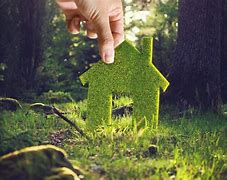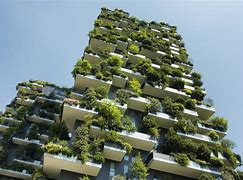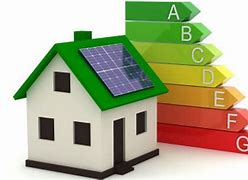To be able to talk about a sustainable architecture we have to take into account certain pillars: socio-cultural, socio-economic and environmental

The circular economy focuses on the rule of the three R’s, with this it is sought to get the most benefits from a material that is already manufactured and not have to resort to the extraction of new materials and thus generate less waste.
Green economy, is a model seeks the conservation of ecosystems and the well-being of people.

To achieve a change it is necessary to follow certain principles, such as that the impact we leave on nature is the least possible, that emissions do not exceed the absorption capacity, stop the use of non-renewable resources, etc.

Healthy buildings: buildings must offer: quality air, water, natural light, thermal and sound comfort.
Psychological factor, the place in which we live influences us mentally, to take advantage of this situation it is advisable to generate a space with exterior views, proportion and a chromatic atmosphere.
Sick building syndrome diagnosis focuses on the study of the health risk factors associated with a building, such as: biological factors, chemical factors, physical factors and psychosocial factors.
Bioclimatic represents a working method which, starting with preliminary studies of the climatic conditions of the site, directs the project to achieve sustainability and bio-architecture objectives.
Materials
Although natural materials can be a good option, many are infested with chemicals that harm the environment. The word «natural» is used to deceive us, in many cases.
